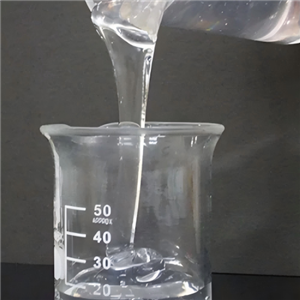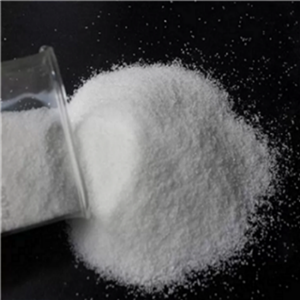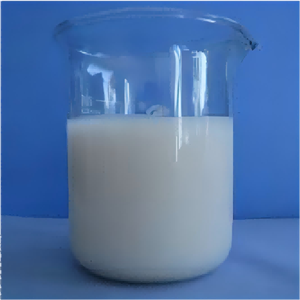Which factors will affect the application effect of the demulsifier?
The following factors will affect the application effect of the demulsifying additive:
1.Factors of the demulsifying additive itself
①Chemical structure: Demulsifier for oilfield with different chemical structures have significant differences in the demulsification effect on different types of emulsions. For example, demulsifying additive is suitable for treating water-in-oil (W/O) emulsions, while others are more effective for oil-in-water (O/W) emulsions. The ratio and distribution of hydrophilic and hydrophobic groups in the molecular structure will affect the demulsification performance.
②Molecular weight of demulsifying additive: The molecular weight size will affect the diffusion rate and adsorption capacity of the demulsifying additive in the emulsion.
Generally speaking, demulsifying additive with moderate molecular weight have better effects. Both overly large or overly small molecular weights may reduce the demulsification effect.
③Concentration: The usage concentration of the demulsifying additive needs to be within a certain range. A too low concentration may not fully exert the demulsification effect; a too high concentration may lead to waste and may even have adverse effects on subsequent processing.
2.Characteristics of the emulsion
①Emulsion type: Water-in-oil (W/O) and oil-in-water (O/W) emulsions require different types of demulsifier for oilfield. Moreover, complex multiple emulsions are usually more difficult to demulsify. ②Oil-water ratio: Different oil and water ratios in the emulsion will result in different difficulties in demulsification. Generally speaking, when the oil-water ratio is close, the difficulty of demulsification is greater.
③Degree of emulsification: The higher the degree of emulsification, that is, the smaller the droplet size, the more uniform the distribution and the stronger the stability, the greater the difficulty of demulsification. For example, highly stable emulsions formed through intense stirring or addition of efficient emulsifiers have higher requirements for demulsifier emulsion dewatering.
④Properties of crude oil: In the petroleum industry, the viscosity, density, acid value, colloid and asphaltene content of crude oil, etc. will all affect the effect of the demulsifier for oilfield. Emulsions formed from crude oil with high viscosity and high colloid and asphaltene content are usually more difficult to demulsify using emulsion breaker additive.
3.Operating conditions
①Temperature: Temperature has a significant impact on the demulsification effect. Appropriate increase in temperature can reduce the viscosity of the emulsion and increase molecular thermal motion, which is conducive to the diffusion and adsorption of the demulsifier emulsion dewatering in the emulsion, thereby improving the demulsification effect. However, too high temperature may cause decomposition or volatilization of the demulsifier for oilfield, reducing emulsion breaker additive efficacy.
②Stirring intensity: Moderate stirring can make the demulsifier emulsion dewatering uniformly dispersed in the emulsion and improve the demulsification efficiency. But overly strong stirring may make the emulsion breaker additive more stable, which is instead not conducive to demulsification. ③Treatment time: Demulsification requires a certain amount of time for the demulsifier for oilfield to fully exert emulsion breaker additive effect. If the treatment time is too short, the demulsification may be incomplete; if the treatment time is too long, it may increase costs and energy consumption.
4.Other factors
①Coexisting substances: If there are other substances such as surfactants, solid particles, salts, etc.in the emulsion, they may interact with the demulsifier emulsion dewatering and affect the demulsification effect. For example, some surfactants may enhance the stability of the emulsion, compete with the demulsifier compositions for adsorption sites and reduce the efficacy of the demulsifier for oilfield.
②pH value: For some demulsifier compositions that are sensitive to pH value, the pH value of the emulsion will affect the demulsification performance of demulsifier compositions. For example, some demulsifier compositions may undergo hydrolysis, precipitation and other changes under acidic or alkaline conditions, thereby affecting the demulsification effect.




